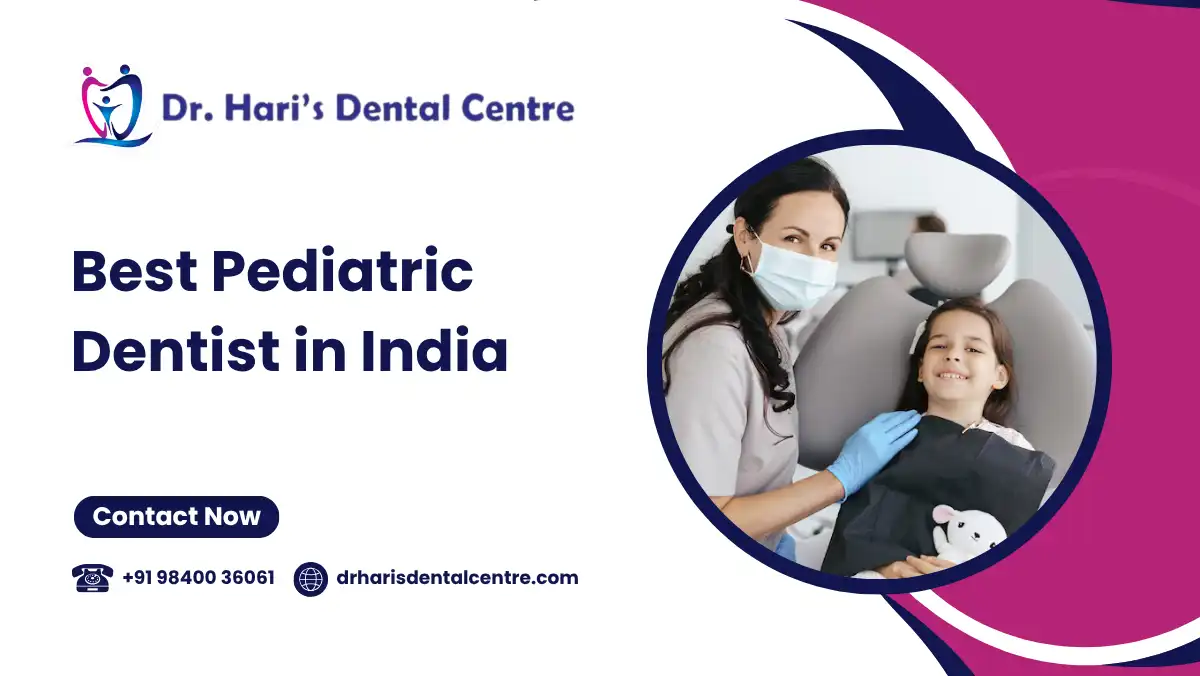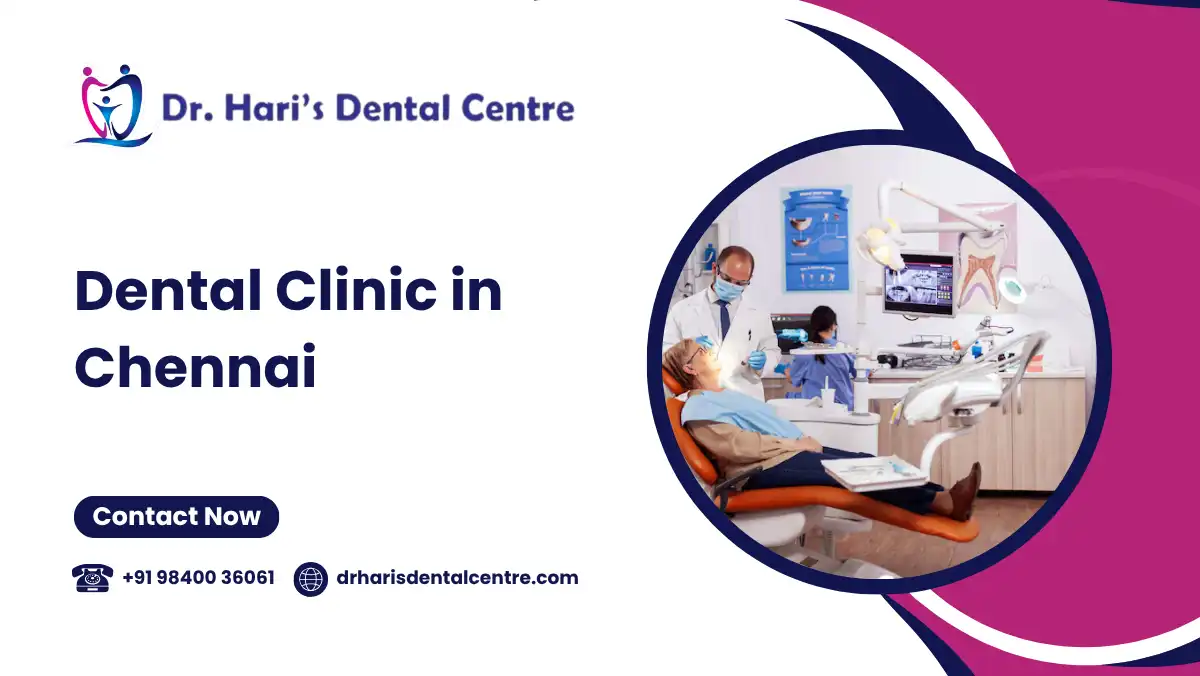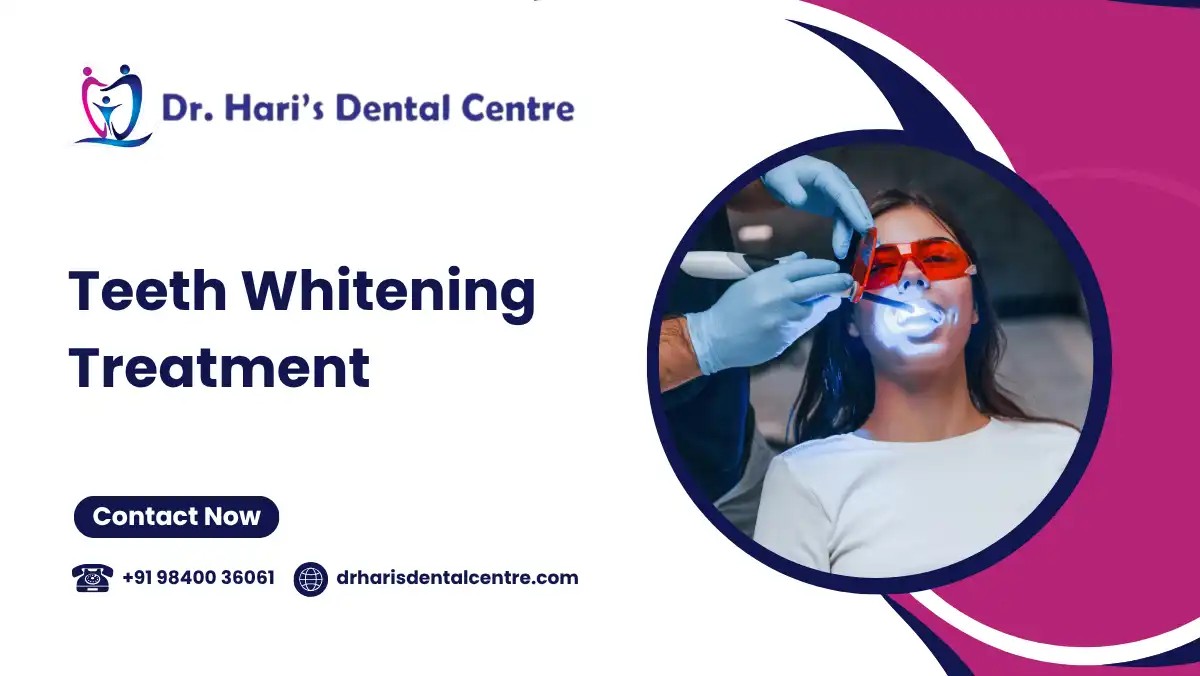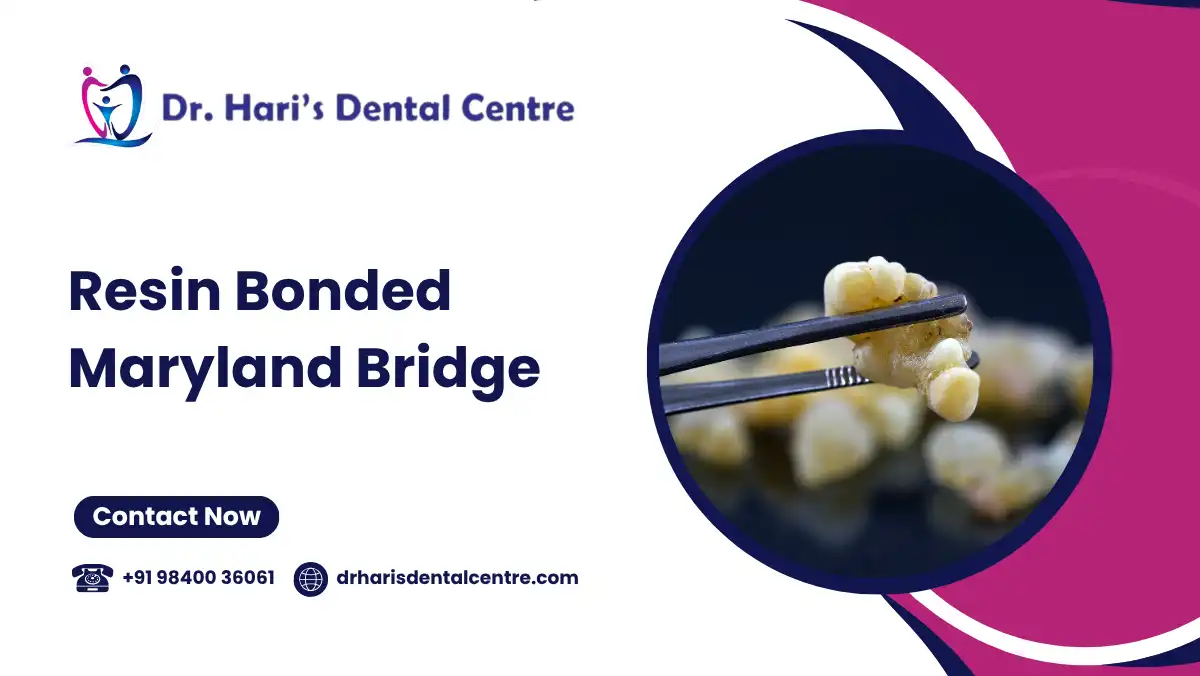Restorative dentistry is a branch of dentistry that focuses on restoring teeth that are damaged, decayed, or lost, ensuring both function and aesthetics are returned to the patient’s smile. These treatments are crucial for patients of all ages, as they address a variety of issues like cavities, cracked teeth, or missing teeth, which can cause discomfort, difficulty eating, and speaking, as well as affect a person’s self-confidence. By using innovative materials and techniques, restorative dentistry offers solutions that not only repair dental issues but also enhance the overall Oral Surgery of the patient, improving quality of life. These treatments ensure that patients can enjoy a beautiful and functional smile, providing long-term results for optimal oral health.
Air Abrasion Dentistry (Minimally Invasive Decay Removal)
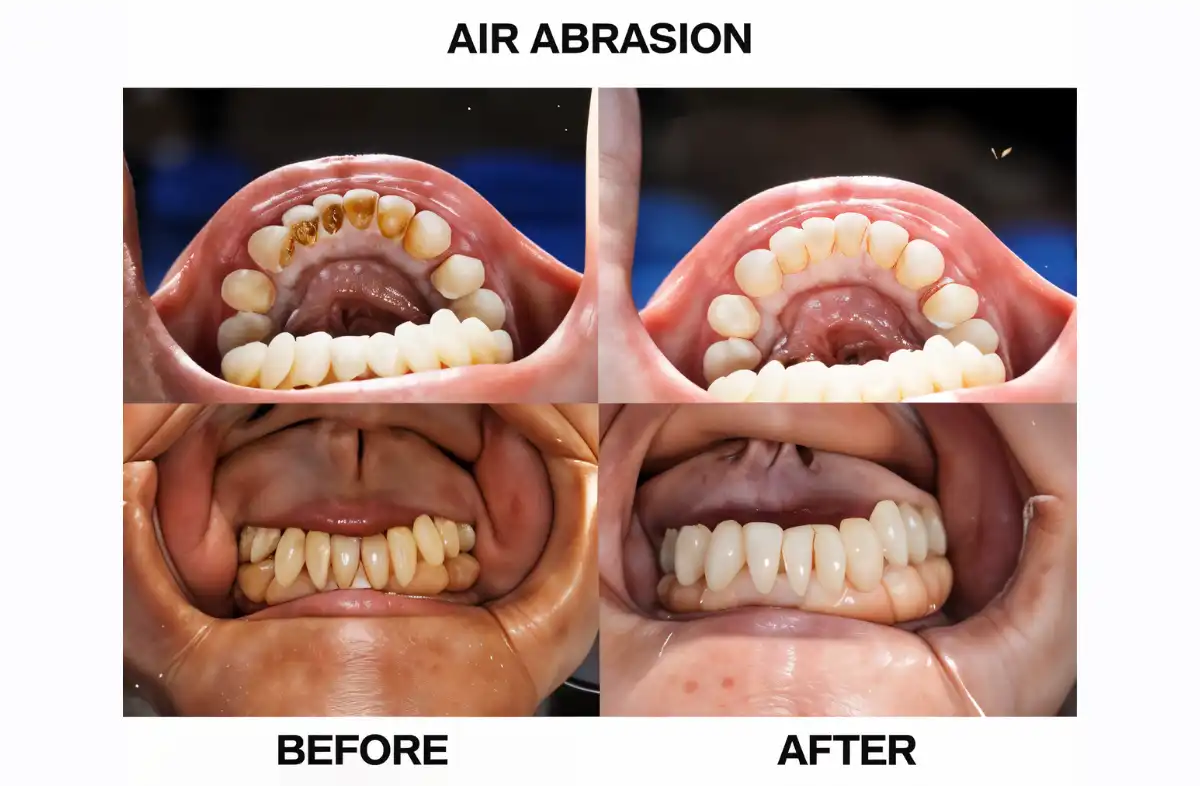
Air abrasion dentistry is a minimally invasive technique used to remove tooth decay without traditional drilling. Instead, it uses a stream of tiny particles directed at the decayed area, Zirconia crowns effectively eliminating the decay with little discomfort or damage to the healthy tooth structure. This method is ideal for smaller cavities and is often used for patients, especially children, who may feel anxious about traditional dental procedures. Since it’s less invasive, air abrasion also reduces the need for Nitrous Oxide Laughing Gas metal crowns, making it an ideal option for those seeking a more comfortable dental experience.
- Minimally Invasive Technique: Air abrasion removes tooth decay without the need for drilling, preserving more of the healthy tooth structure and reducing the potential for tooth damage or sensitivity during treatment.
- Pain-Free and Comfortable: The air abrasion procedure typically eliminates the need for anesthesia, making it a more comfortable and less stressful option, especially for children or patients with dental anxiety.
- Fast and Efficient Treatment: Air abrasion allows dentists to remove decay quickly and precisely, which not only improves the patient’s comfort but also shortens the duration of the procedure.
This Air abrasion dentistry technique offers a Implant supported Crowns and bridges gentle, fast, and effective method for treating cavities, providing an ideal solution for patients looking for a more comfortable and less invasive option metal crowns for tooth restoration.
Tooth-Colored Fillings (Mercury-Free Restorations)
Tooth-colored fillings, also known as composite resin fillings, are a popular choice for treating cavities due to their aesthetic appeal and durability. Made from a mixture of fine glass particles and plastic resins, they can be precisely shaped to match the natural contours of the tooth, making them ideal for visible areas. Unlike traditional amalgam fillings that contain mercury, tooth-colored fillings are completely mercury-free and offer a safer, more environmentally friendly alternative. These fillings bond directly to the tooth structure, creating a strong seal that helps prevent further decay and improves the tooth’s stability.
- Natural Appearance: Metal and Tooth coloured Inlays blend seamlessly with natural teeth, making them perfect for visible areas where aesthetic concerns are important, ensuring that the restoration is barely noticeable.
- Durable and Long-Lasting: These fillings are not only aesthetically pleasing but also durable and strong, making them a reliable option for both front and back teeth restoration Crowns & Bridges that can withstand regular chewing forces.
- Mercury-Free and Safe: As they are free of mercury, these Metal and Tooth coloured Onlays are safer for both the patient and the environment, offering peace of mind to those concerned about the materials used in their dental care.
Tooth-colored fillings provide an excellent combination of aesthetics, durability, and safety, Metal and Tooth coloured Onlays offering a superior choice for filling cavities without compromising the look or health of the teeth.
Composite Resin Restorations
Composite resin restorations are a highly versatile and effective solution for repairing cavities, chips, and cracks in the teeth. Composed of a blend of resin and fine glass particles, composite resins can be easily molded to match the shape and contour of the natural tooth, making them ideal for both Zirconia crowns and functional purposes. This material is commonly used for anterior (front) teeth due to its ability to blend seamlessly with natural tooth color. The composite resin bonds directly to the tooth, providing extra strength and helping to prevent further decay from forming.
- Seamless Aesthetic Repair: Composite resins are customizable to match the color and shape of the natural tooth, ensuring that restorations are virtually undetectable, especially in visible areas like the front teeth.
- Strengthening the Tooth: When applied, composite resins bond to the natural tooth structure, reinforcing its strength and preventing further decay or damage from occurring in the future.
- Versatile and Durable: Suitable for both front and back teeth, composite resins are durable enough to withstand the pressures of chewing while still providing a beautiful, natural appearance.
Composite resin restorations offer an ideal Metal ceramic crowns, balance of durability, aesthetic appeal, and functionality, making them a preferred choice for many patients seeking tooth restoration.
GIC Restorations (Glass Ionomer Cement)
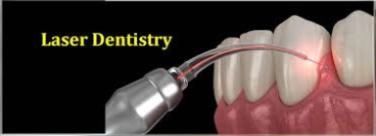
Glass Ionomer Cement (GIC) restorations are commonly used for filling cavities and repairing teeth, especially in pediatric dentistry. Metal and Tooth coloured Inlays This material is known for its ability to bond chemically to the tooth structure and release fluoride over time, which helps to protect the tooth from further decay. GIC is typically used for fillings in areas of the mouth that are less visible, such as the back teeth, and is ideal for patients who may have limited access to more advanced materials. The material is durable and easy to use, making it a reliable option for Dental Hygienist.
- Fluoride-Release Properties: GIC restorations continuously release fluoride over time, which not only helps to protect the treated tooth from future decay but also strengthens the surrounding tooth enamel.
- Strong Bonding: The material adheres well to both enamel and dentin, ensuring a strong and secure restoration that prevents further tooth damage.
- Affordable and Practical: GIC offers a cost-effective alternative to more expensive materials, making it an accessible option for those seeking effective and long-lasting restorations.
GIC restorations provide excellent protection for teeth while offering a durable and affordable option for restoring cavities, Digital scanning for measurements especially in pediatric patients or those looking for an economical solution.
Esthetic Restorations
Esthetic restorations are designed to improve the appearance of damaged or decayed teeth while also restoring their functionality. These restorations typically use materials such as composite resins or porcelain that can be customized to blend with the natural color of the teeth Implant supported Crowded Teeth Treatment. The goal of esthetic restorations is not only to correct dental problems but also to enhance the patient’s smile and overall facial appearance. From veneers to bonding, esthetic restorations provide solutions that are both functional and visually appealing, making them ideal for patients who want to improve their smile.
- Natural-Looking Results: Esthetic restorations use materials that mimic the natural color and translucency of teeth, providing a seamless and attractive solution for dental imperfections.
- Customized for Individual Needs: These restorations are customized to fit the shape and color of the patient’s natural teeth, ensuring the best possible Digital scanning for measurements.
- Functional and Beautiful: While enhancing the appearance of the smile, esthetic restorations also restore the tooth’s function, Crowns & Bridges allowing patients to eat and speak normally.
Esthetic restorations offer a comprehensive solution for patients who seek to improve both the form and function of their smile, providing natural and beautiful results.
Conclusion
Restorative dentistry is an essential aspect of maintaining oral health and improving the function and appearance of damaged or decayed teeth. Metal ceramic crowns With advancements in technology and materials, there are now a wide range of solutions, from minimally invasive procedures to complex restorations like crowns, bridges, and implants treatment. Whether you need a simple filling or a full smile makeover, restorative dentistry offers durable, aesthetically pleasing, and functional solutions for patients of all ages. At Dr. Hari’s Dental Centre, we provide comprehensive restorative care designed to meet the unique needs of each patient, ensuring long-lasting, high-quality results and a beautiful, healthy smile.
Read also: Root Canals


